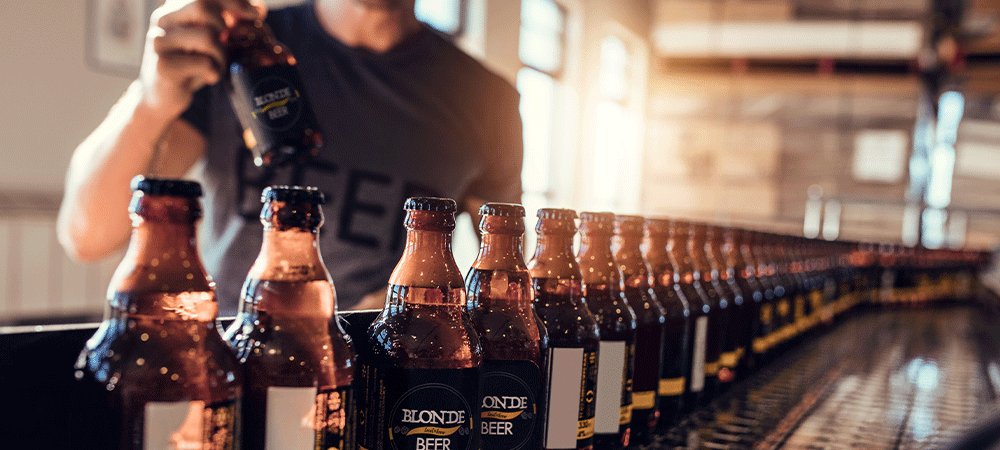Manufacturing performance software company, OFS, has announced findings from its Craft Brewers Benchmark Report, with first of its kind insights into how data can be used to improve packaging line efficiency in the fast-growing craft brewing industry.
The report analysed the production of millions of litres of beer by breweries in an effort to determine a view of ‘what good looks like’ and includes key performance benchmark data and explains why knowing overall equipment effectiveness (OEE) can make a significant impact on a brewer’s bottom line. The data shows that while craft brewers fare well in terms of speed and waste reduction, the industry average for actual time producing across the production line was just over 50%.
“For every 1,000 beers made, there are three minutes and 12 seconds lost to unplanned downtime on the packing line,” said James Magee, CEO of OFS. “There are over 50 ways this can typically happen, including equipment problems, raw material and packaging material issues as well as human errors. But it essentially means brewers are only producing just over half of the time the line is intended to be running, meaning less beer made at a higher cost.”
The study also showed the average time between stoppages on the line was 11 minutes and 48 seconds. Despite these interruptions, craft brewers showed they can make it fast and by barely wasting a drop – with average scores of 98.6% for speed, and 99.7% for waste management. But Magee cautions that the need for speed isn’t everything.
“Faster runs on the line don’t guarantee more output – they can often cause more stoppages and even add to waste over time,” he said. “Most brewers who know their good days from bad have identified an optimal speed for monitoring output over high, mid and low run speeds.”
Other efficiency opportunities were identified in the time it takes to set up a job – just over 49 minutes – with reductions here necessary for a better OEE. “The key message here is that craft brewers must pay particular attention to how they account for changeover time in the costing of products, because it’s likely taking longer than they think which impacts margins,” added Magee.
“Given craft brewers tend to have many stock keeping units (SKUs), it’s imperative to accurately account for changeover time when scheduling and planning production, to avoid overtime and other issues arising from running behind plan.”
Greater need for data and insights in the brewery
Magee believes most brewers are not actually losing out by falling behind on these averages, but by not having the data to know how they are performing in the first place, and a false perception that the software needed to gain these insights is only for industry giants.
“Data and insights are everything in a manufacturing setting,” he said. “Harnessing this data is much easier and cheaper than most people think and can be achieved through simple, automated software that integrates manufacturing performance data in real-time. The industry can combine better data with the ‘buy Australian’ mindset and budget boost to gain a much stronger foothold in the beer Australians drink.”




